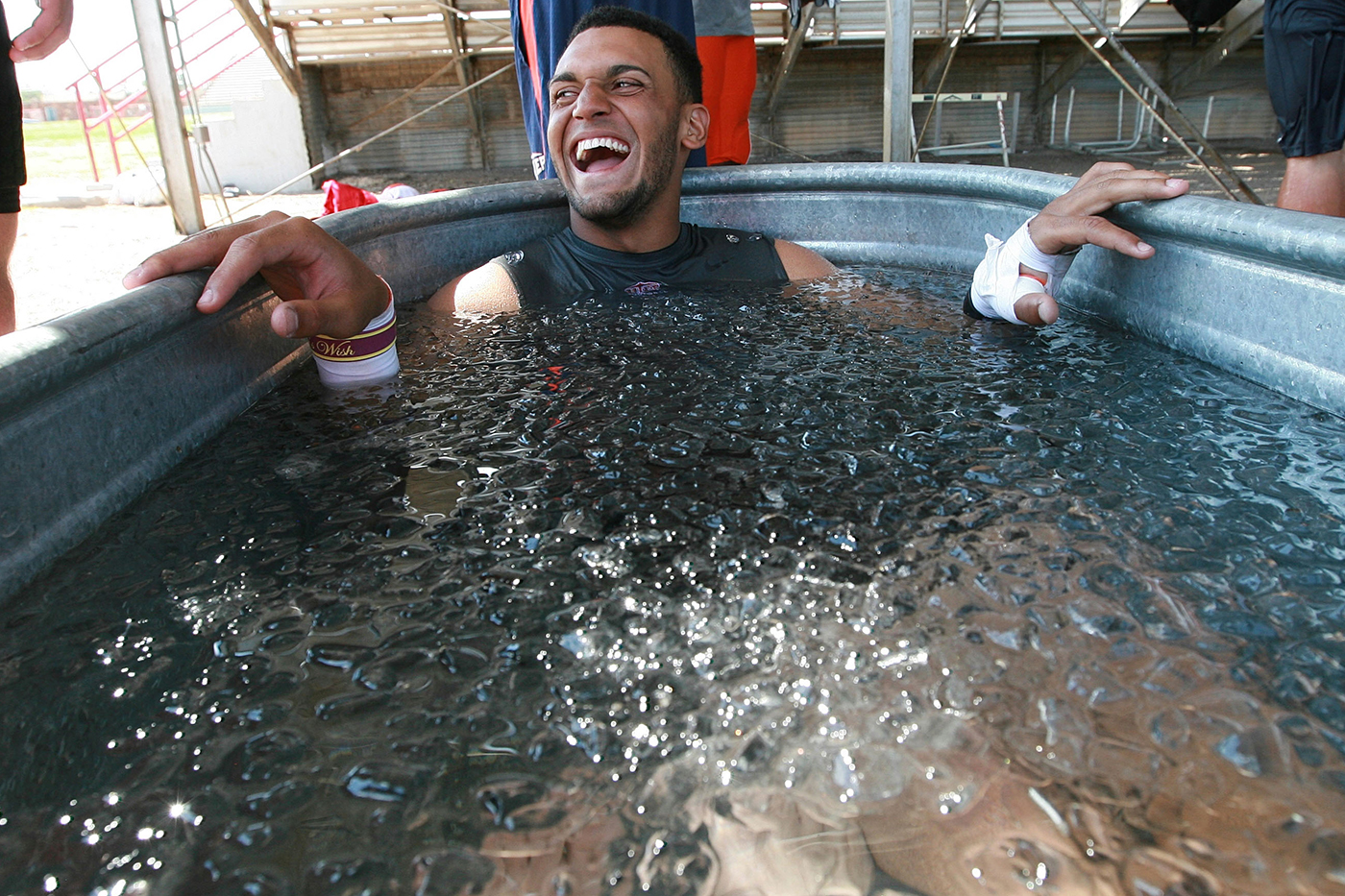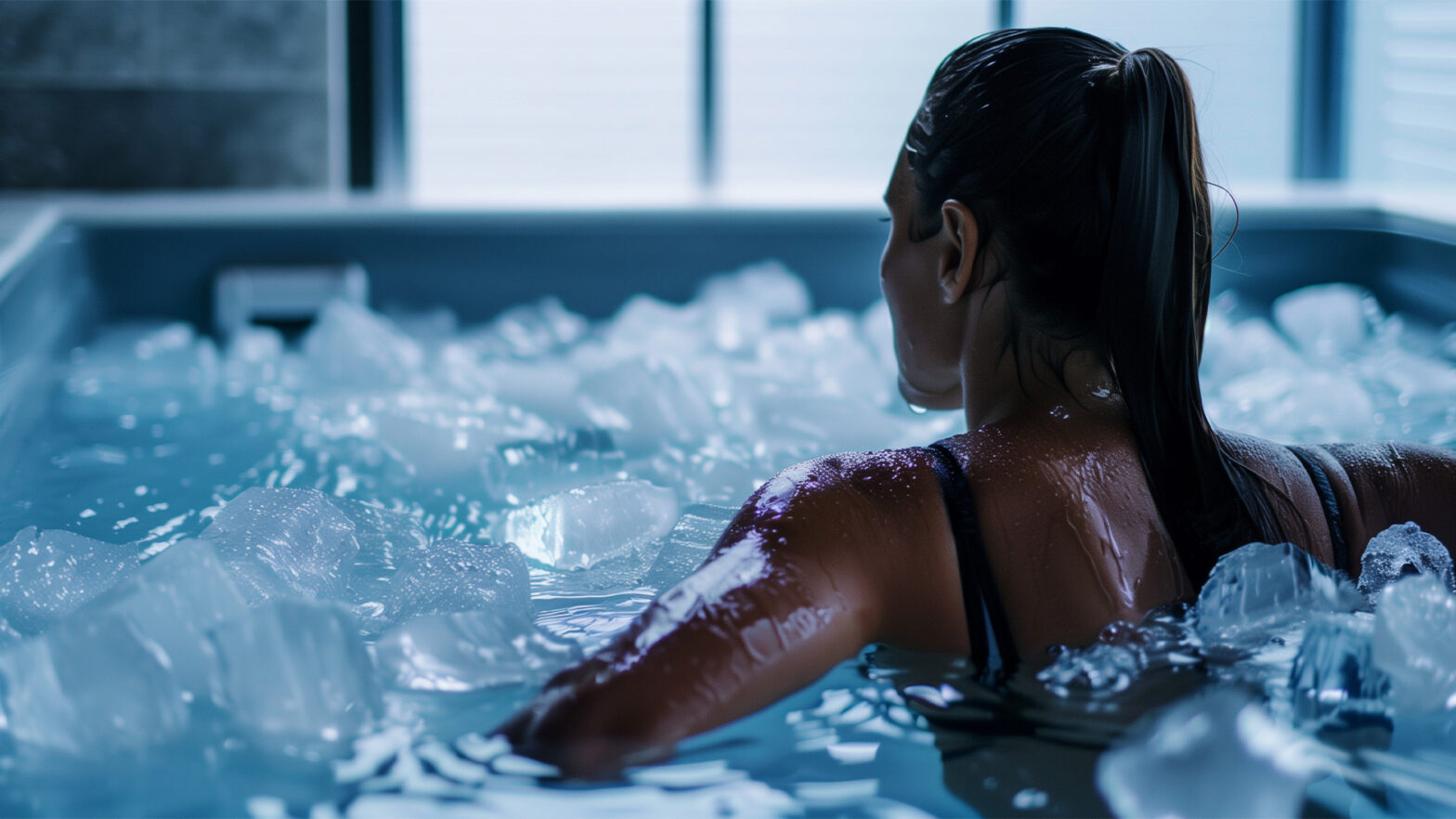
How Ice Baths Help Reduce Stress and Inflammation
Share
Introduction
Looking for a natural way to manage stress and reduce body inflammation?
Ice baths, once limited to athletes, are now gaining popularity for their powerful mental and physical benefits. This article explores how ice baths help relieve stress, reduce inflammation, and support overall wellness.
What Is an Ice Bath?
🧊 An ice bath, or cold water immersion, involves submerging your body (typically waist to chest) in icy water, usually at temperatures between 10°C to 15°C, for a short duration — usually 5 to 15 minutes.
It’s commonly used post-exercise, but its benefits extend well beyond muscle recovery.

How Ice Baths Help Reduce Stress
🧠 Cold exposure triggers the body’s stress response but also teaches it how to adapt better. Here's how it works:
☃️Activates the parasympathetic nervous system — promotes relaxation
☃️Increases norepinephrine — a hormone linked to mood enhancement
☃️Helps improve emotional resilience and reduce anxiety over time
Many users report feeling calmer and mentally sharper post-session.
Anti-Inflammatory Benefits of Ice Baths
🔥 Ice baths can significantly reduce inflammation in the body:
☃️Constricts blood vessels and reduces swelling and tissue breakdown
☃️Slows down metabolic activity to limit the inflammatory response
☃️Flushes waste from the muscle tissue through vasoconstriction and dilation
Ideal for people with chronic pain, joint issues, or post-workout soreness.
Other Physical and Mental Benefits
💪 Beyond stress and inflammation, ice baths may:
☃️Boost immune function
☃️Improve sleep quality
☃️Accelerate muscle recovery
☃️Enhance mental clarity and focus
Consistent exposure trains your body and mind to be more adaptable.

How Often Should You Take an Ice Bath?
📅 Frequency depends on your goals:
☃️For general wellness: 2–3 times per week
☃️For recovery post-training: After intense workouts or competitions
Always listen to your body and avoid overexposure.
Tips for a Safe Ice Bath Experience
🧤 To enjoy the benefits safely:
☃️Start slow: 2–5 minutes for beginners
☃️Use a thermometer to monitor water temperature
☃️Avoid full head submersion unless trained
☃️Warm up gradually after exiting
☃️Consult your doctor if you have heart or circulation conditions
Safety first ensures maximum benefit without risk.

Did You Know?
💡 Just 11 minutes of cold exposure per week has been shown to boost dopamine levels by up to 250% — improving focus and motivation.
Conclusion
Ice baths are a simple, low-cost, and natural method to reduce stress and inflammation. Whether you're an athlete or just seeking better mental health, adding cold immersion to your routine can offer significant benefits.
Frequently Asked Questions (FAQ)
1. Can ice baths replace regular therapy or medication?
No, they should complement — not replace — professional medical care.
2. Are ice baths safe for everyone?
Generally safe, but not recommended for people with heart conditions unless cleared by a doctor.
3. How cold should the water be?
Ideal range is 10°C to 15°C. Too cold can increase risk of shock.
4. What time of day is best for ice baths?
After workouts or in the evening to promote relaxation and better sleep.
5. Do I need a special tub for ice baths?
No — you can use a regular bathtub with added ice or cold water.
Interested in starting your own ice bath routine? ❄️ Check out our beginner kits and guides 👉 https://www.icebath.com.my/

